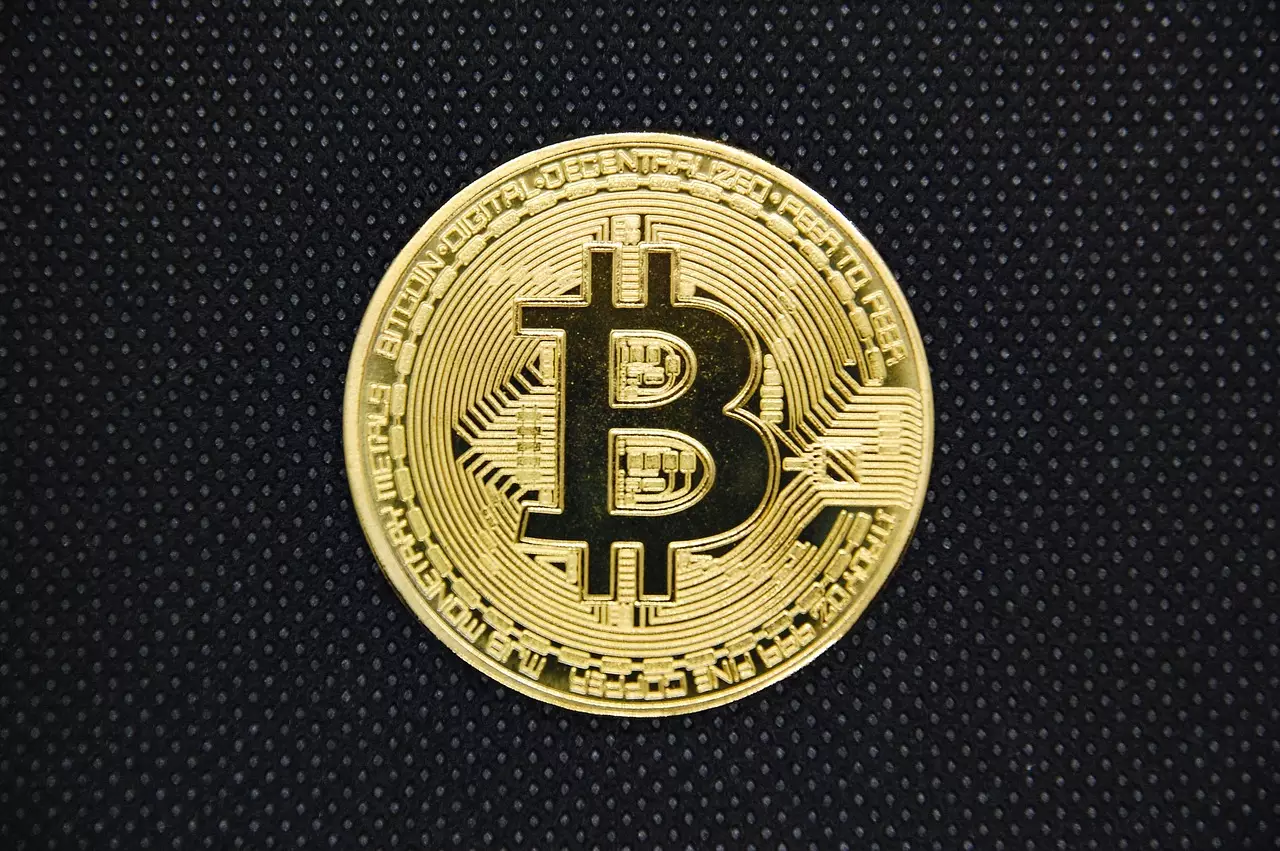In the ever-fluctuating landscape of financial investments, Bitcoin has undeniably emerged as a beacon of resilience and potential growth—especially in the face of a faltering stock market. Market commentator Miya recently presented a compelling theory predicting that Bitcoin could reach an astonishing $110,000 by year’s end. Her analysis not only captivates but challenges traditional financial beliefs, suggesting that cryptocurrencies are not merely speculative assets but a viable hedge against economic turmoil.
As we navigate through precarious macroeconomic conditions—marked by rising inflation, potential recession fears, and erratic market behaviors—it’s pivotal to recognize how Bitcoin might serve as a financial lifeboat. Miya argues that as investors become increasingly wary of stock market volatility—a trend underscored by her expectation of the S&P 500 dropping to 4,700—theate; they may gravitate towards Bitcoin as a perceived ‘safe haven’ asset. This shift is particularly noteworthy considering the nine consecutive days of green that the stock market recently enjoyed. Yet, if history teaches us anything, such periods of apparent stability are often mere illusions, paving the way for sobering corrections.
The Downside of Overconfidence
One major aspect of Miya’s argument highlights the dangers of the market’s complacency. Retail investors, emboldened by temporary gains, may succumb to the false narrative of an ‘up-only’ market, ignoring the imminent threats that could unravel their perceived security. With a whopping $57 billion in accumulated shares by retail traders, confidence may be at its peak, but it is precariously perched above a precipice of potential market disruption.
The upcoming “containership recession trade”—a term that encapsulates the repercussions of both diminished manufacturing outputs and tariff impacts—could dramatically shift market sentiment within days. Miya’s cautionary insights emphasize that the hype surrounding the tech sector and the earnings of the so-called ‘Magnificent 7’ are misleading, lacking the robust foundation often assumed by investors. This misinformation will likely prove detrimental as the market confronts the sobering realities of economic contraction.
Trump’s Economic Promises: Reality or Ruse?
Moreover, Miya’s discourse on Donald Trump’s economic policies adds an intriguing dimension to the financial narrative. She points to his promises of lower rates, reduced tariffs, and decreased taxes as key factors currently influencing market dynamics. Traders are banking on a rate cut by June, anticipating a cooperative agreement between the U.S. and China to lower tariffs. However, the confidence in the political promise must be scrutinized. Are these economic shifts rooted in genuine sustainable strategies, or are they transient maneuvers designed to boost short-term market sentiment?
Moreover, the historical tendency to overemphasize political assurances without acknowledging their execution failures can lead to volatile repercussions in the market. If Trump’s promises fail to materialize or if the anticipated rate cuts only serve as a temporary fix rather than a long-term solution, we may witness an abrupt market readjustment—an eventuality that could set the stage for Bitcoin’s rise.
Bitcoin as a Response to Traditional Market Failures
In this context, Bitcoin’s expected ascension to $110,000 begins to resonate with practicality. With escalating distrust toward conventional markets and a proliferation of economic uncertainties, Bitcoin’s decentralized nature offers a refreshing alternative. As institutional investors begin to treat cryptocurrencies with the seriousness they command, traditional investment paradigms may crumble, giving way to a robust digital currency ecosystem.
Miya’s forecast posits that Bitcoin will not only survive during turbulent times but thrive, acting as a dichotomous force against conventional equities. It is a fascinating theory, rooting Bitcoin firmly in the financial conversation. If we are to view Bitcoin as a hedge, then we must also recognize that its value may appreciate in direct correlation to the pitfalls facing traditional markets.
Investors across the spectrum should heed this analysis and recognize the pressing imperative to diversify—moving beyond the stock market’s mirage of prosperity into the enigmatic and potentially lucrative world of cryptocurrencies. The narrative is shifting, and as we witness traditional financial structures teetering on the brink, it is this very shift that may propel Bitcoin into the mainstream as a frontline asset of the future.



















Leave a Reply